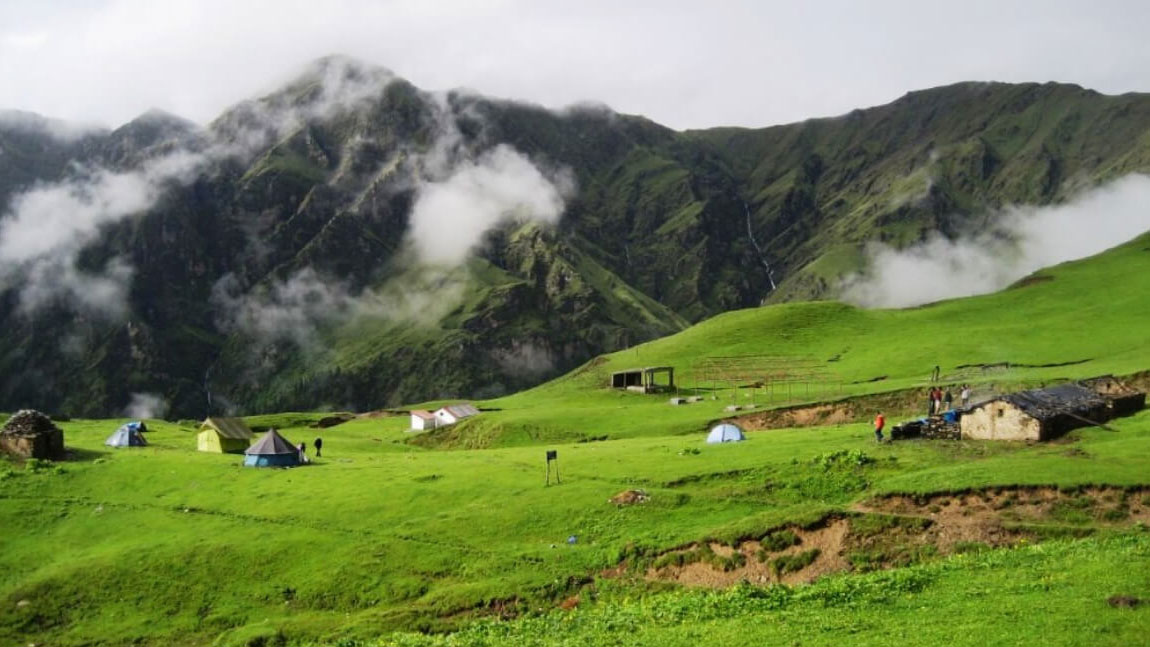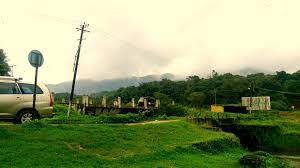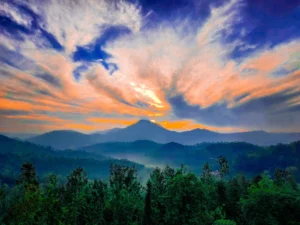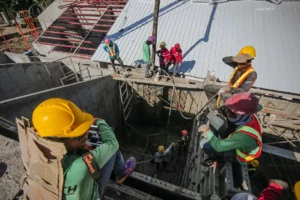
Overview
As adventure lovers, we’ve always been at an advantage due to this. we’ve innumerable trails to explore and unimaginable beauty to witness. The Himalayas have always been the destination that we can trust blindly and we have always immensely enjoyed the days we have spent discovering new trails as well as traversing the old ones. trekking in India is an experience unlike the other and one must make sure that they get the best of this experience.
Here’s a compilation of the simplest treks to do in India.
- Dayara Bugyal Trek
- Chadar Trek
- Stok Kangri
- Kashmir Great Lakes Trek
- Pin Parvati Trek
- Rupin Pass Trek
- Buran Ghati Trek, etc.
Different locations have different regions, highest altitude, trekking distance, number of days, starting point and ending point.
Best Time To Travel To
- Dayara Bugyal Trek: Last week of December to the third week of January during winters.
- Chadar Trek: January and February during winters, when the temperatures vary from -5 degrees Celsius to -25 degrees Celsius.
- Stok Kangri: May to mid-October, when the temperatures vary from 20-degree Celsius to 30-degree Celsius during the day.
- Kashmir Great Lakes Trek: July to September, considered to be a transitional period from peak summers to Autumn.
- Pin Parvati Trek: There are two-time spans to visit the place.
- Third week of June to the third week of July(Pre-monsoon or summer).
- September to mid-October(Pre-monsoon or fall).
- Rupin Pass Trek: Like the Pin Parvati Trek, this location also has two-time spans to visit.
- May to June(Summers), when the temperature is 20 to 25- degree Celsius during the daytime and 4 to 5 degrees Celsius during the nighttime.
- September to October(Post-monsoon), when the temperature ranges from 13 to 18 degrees Celsius during the daytime and 0 to 7 degrees Celsius during the nighttime.
- Buran Ghati Trek: Mid-may to the last of October.
How To Reach
- Dayara Bugyal Trek: You can reach the location by trekking for 9 km via two starting points:
- Barsu Village, which is situated 10 km from the location.
- Raithal Village, which is situated 11 km from the location.
- Chadar Trek: You can reach the Chadar trek by covering about 65 to 70 km distance from Leh to Chilling and then to Tilad.
- Stok Kangri: You can reach the Stok Kangri trek via flight, between New Delhi to Leh and by road, either from Manali to Leh(minimum 2 days and maximum 3 to 4 days) or from Srinagar to Leh(2 days).
- Kashmir Great Lakes Trek: Firstly, you have to reach Nishant Garden in Srinagar, either by air, bus, or by train one day before the trek.
- Pin Parvati Trek: You can reach the Pin Parvati trek either by private or public transportation via Kasol and then Kullu Manali Airport, which is situated 31 km away from the starting point.
- Rupin Pass Trek: You can reach the Rupin Pass trek by driving from Dehradun to Shimla via other locations in between these places. It will take almost 8 days to reach the place.
- Buran Ghati Trek: You can reach the Buran Ghati trek by driving from Rohru to Shimla via other locations in between these places. It will take almost 7 days to reach the place and the 8th day is the buffer day when the money will be collected by the Trek Leader.
Reasons To Undertake To
- Dayara Bugyal Trek: Perfect for beginners, less crowded, enthralling scenery, and chances to explore more.
- Chadar Trek: One of the most difficult walks, demands great health, an undistracted mind, and the ability to understand the command of the trek leader.
- Stok Kangri: Most challenging trek, and striking views of Zanskar and Indus Valley.
- Kashmir Great Lakes Trek: Splendid view of sunrise from the Tabletop or Shekdur campsite.
- Pin Parvati Trek: One of the challenging treks out there and the pleasant scenes of different places of the trek.
- Rupin Pass Trek: Ideal combination of adventure and beauty.
- Buran Ghati Trek: Meadows of Dayara, snowslides, Buran Ghati wall, Janglik village, and other places.
Things To Carry
- Dayara Bugyal Trek: Rain cover, back pack, walking stick, water bottle, snacks and first aid.
- Chadar Trek: Multiple layers of clothing, balaclava, woolen fleece, winter pants, fast dry socks, trekking shoes, gum boots, toilet essentials and other essentials like trekking poles, sleeping bags, rucksacks, day pack and medicines.
- Stok Kangri: Same as that of the Dayara Bugyal Trek.
- Kashmir Great Lakes Trek: Photocopy of original photo id, necessary documents, Medical Certificate, and Disclaimer Form, and other necessary stuff.
- Pin Parvati Trek: Woolen clothing, backpack essentials, suitable shoes, trekking pole, water bottles, skincare and bodycare essentials to prevent the skin from drying out.
- Rupin Pass Trek: Three trek pants, three full-sleeve t-shirts, thermal wear, padded jacket, fleece jacket, head accessories, sunglasses, two pairs of socks, waterproof synthetic gloves, rain coat, LED torch, and other basic stuff.
- Buran Ghati Trek: Trekking shoes, backpack, warm clothing, insulation layer, two trek pants, and other stuff.
Level Of Difficulty
Some treks in India have a difficulty level ranging from easy to medium, and difficult to very difficult. Level of difficulty of the trek depends on various factors such as its highest altitude, varying temperatures, unpredictable weather conditions, and the fitness level of an individual.
Places To Travel To
- Dayara Bugyal Trek
- Chadar Trek
- Stok Kangri
- Kashmir Great Lakes Trek
- Pin Parvati Trek
- Rupin Pass Trek
- Buran Ghati Trek, etc.
Some Facts
- The basic stuff you are required to carry for any trek in India is your water bottle and ORS, warm clothing, suncap, gloves, trekking poles and boots, and first aid.
- Before going on a trek, you should be aware of its difficulty level, your physical fitness, and weather changes that could happen.
- Since there is no network availability in the trekking places, you shouldn’t be expecting to scroll through anything that works via the Internet.
Conclusion
Trekking in India is immensely gratifying. There’s much to see and many miles to tread. Each trek you undertake and ultimately conquer becomes an element of you and you relive them oftentimes via pictures, stories, and memories. Once you’ve got experienced adventure trekking in India, there’s no going back.








